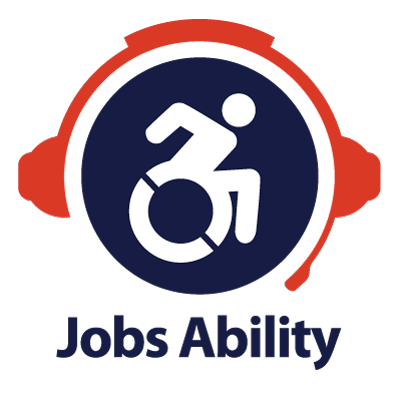Ability Within – Networking and Discussion on Talent Acquisition and Training Opportunities
October 9, 2019Job Opportunity: McGarrah Jessee | Analytics, Data Strategist
October 11, 2019Department: Creative
Role: UX Writer
McGarrah Jessee believes in the power of a workplace that embraces diversity, equity and inclusion. Review full policy here.
As a user experience writer, you are first and foremost an advocate for the user. Your goal is to help shape experiences that go beyond simply delivering content and utility by connecting with users through meaningful and memorable experiences. Your tools to do so are words that you craft into copy, calls to action, scripts, voice user interfaces, etc., and these executions are a perfect balance of storytelling and clarity. You do this in collaboration with research, analytics, producer, UX and development team members. The work you do is creative and innovative and inspires your peers.
Responsibilities:
• Conducting heuristic evaluations and content gap and competitive analyses
• Writing personas and user scenarios based on project discovery findings
• Working with clients and internal team to define business objectives and project goals
• Collaborating with brand planners and UX designers to create a content strategy
• Writing copy that is informed by brand voice and tone, subject matter expertise, UX and SEO best practices, and a willingness to break convention when appropriate
• Actively participating in improving the usability of systems by attending usability testing sessions and interpreting results
• Effectively presenting work internally
Requirements:
• A passion for all things digital (platforms, trends, data, devices, etc.)
• A curiosity for how people interact with technology and a desire to simplify the customer journey at every possible touch point
• Experience working on a wide variety of projects that range from large-scale sites to apps to voice and experiential activations
• A portfolio site must be submitted with explanation of the role you played on a few key projects
• 4–6 years of experience
• Agency experience a plus
Please do not call. All submissions will be reviewed. Thank you.
McGarrah Jessee
McGarrah Jessee is an independent brand development agency in Austin, Texas. We partner deeply with uniquely great clients to solve big problems, push creative boundaries and shape all parts of the brand. The result: unusual levels of brand fandom, award-winning work and an employee and client tenure rate that runs counter to the industry.
